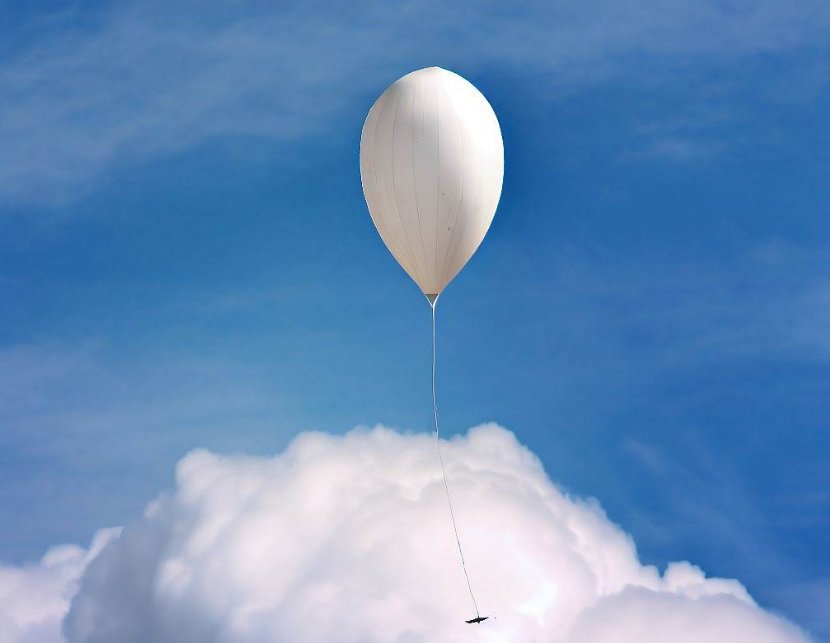Chinese Spy Balloon Prompts $90 Million in New Air Defense Spending

Chinese Spy Balloon Prompts $90 Million in New Air Defense Spending
The US Department of Defense has added $90 million to its budget to improve its sensing and analysis capabilities to protect against future high-altitude intrusions, such as the Chinese surveillance balloon that appeared in US airspace earlier this year.
The investments will help to bridge the gap between detecting fast-moving threats and slower-moving balloons, by optimizing sensor systems to track and identify different types of intrusions.
Adm. Sara A. Joyner emphasizes that defending the homeland is the Department of Defense's number one priority and that the new investments in defense technology will help to improve US sensing and analysis capabilities in all aspects of US airspace.
Details:
In January and February of this year, the appearance of a Chinese surveillance balloon in the US caused a lot of concern. However, according to the Department of Defense, funds to protect against similar threats are increasing.
The Pentagon's budget saw a late addition of approximately $90 million in response to the high-altitude intrusion caused by the Chinese balloon. The funds are designated to refine capabilities in sensing and analyzing objects similar to the Chinese balloon, to bridge the gap between detecting fast-moving threats and slower-moving balloons.
Adm. Sara A. Joyner, the director of force structure, resources, and assessment (J8) on the Joint Staff, characterizes the $90 million as "significant investments" that will improve U.S. sensing in all aspects of U.S. airspace. The investments will help to optimize existing sensor systems, to detect and track high-altitude balloons more effectively, in addition to other forms of intrusions into US airspace.
Joyner explains that the US's new investments will help to bridge the gap between detecting fast-moving threats, like hypersonics and cruise missiles, and slower-moving balloons. When the US stopped filtering out some slow-moving objects, radar began picking up, and the Air Force began shooting down, objects that the American government now believes were benign.
Joyner emphasizes that defending the homeland is the Department of Defense's number one priority. The US has new capabilities, including over-the-horizon radar, which will help to protect against a variety of threats from airships to aircraft. She adds that homeland defense flows throughout the budget, and investments in defense technology will help to improve US sensing and analysis capabilities in all aspects of US airspace.
McCord, the DOD comptroller, describes the new funds as earmarked for "sensing and analysis in that particular set of altitudes and phenomenology" for objects similar to the Chinese balloon. He explains that cruise missiles are what the DOD is most concerned with when looking at US airspace. On this particular niche, the DOD added funding to try and refine some capabilities on the back end.
The US's current sensor systems are capable of seeing high-altitude balloons and tracking them. However, it's a matter of tuning and optimizing these systems to try to get after all forms of intrusions into US airspace. With the new investments, the US will be better equipped to address any future threats to its airspace, from slow-moving balloons to fast-moving hypersonic missiles.